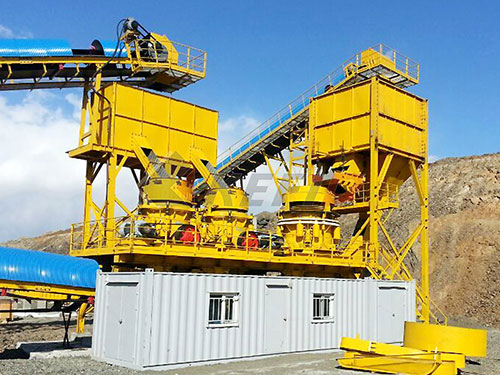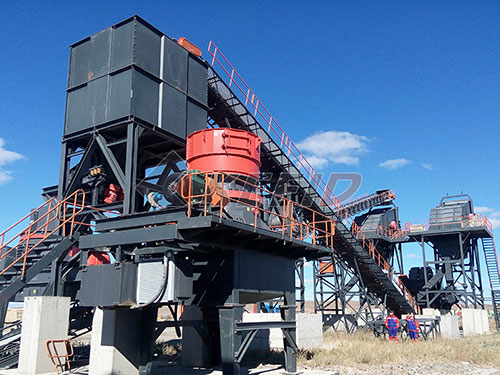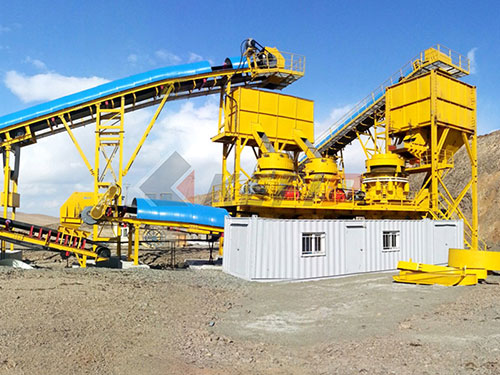Gyratory Crusher vs Jaw Crusher: Strategic Selection & Comprehensive Total Cost Analysis for Optimal Crushing Performance
Introduction
The primary crushing stage is the cornerstone of any mineral processing or aggregate production circuit. Selecting the optimal primary crusher – typically choosing between a Gyratory Crusher and a Jaw Crusher – is arguably one of the most critical decisions impacting overall plant efficiency, operating costs, product quality, and long-term profitability. While both machines excel at reducing large rocks to manageable sizes for downstream processing, their fundamental design principles and operational characteristics lead to distinct advantages and disadvantages depending on the application.
This analysis delves deep into the technical nuances of gyratory and jaw crushers, moving beyond simplistic comparisons to provide a framework for strategic selection based on application requirements and a thorough understanding of Total Cost of Ownership (TCO).

Fundamental Operating Principles

1. Jaw Crusher (Compression Crusher):
Mechanism: Employs two vertical jaws – one fixed (stationary jaw die) and one reciprocating (swing jaw die). The swing jaw moves in an elliptical path towards the fixed jaw.
Crushing Action: Rock particles are crushed primarily by direct compression as they are squeezed between the converging jaws during the closing stroke (downstroke). As the swing jaw retracts (upstroke), crushed material falls further down the crushing chamber due to gravity until it’s small enough to exit through the discharge opening at the bottom.
Feed Opening: Typically rectangular in shape.
Discharge Setting Adjustment: Achieved by adjusting the position of a toggle plate or hydraulic cylinder at the bottom rear of the swing jaw assembly.
Motion: Reciprocating motion creates intermittent crushing action.
2. Gyratory Crusher (Compression Crusher):
Mechanism: Consists of an inverted conical crushing head (mantle) gyrating eccentrically within a fixed outer concave bowl liner.
Crushing Action: Rock enters at the top through a spider-mounted feed opening. As it descends into the crushing chamber (the gap between mantle and concave), it’s subjected to compressive forces generated by the gyrating mantle’s movement against the stationary concave liners.
Feed Opening: Circular in shape.
Discharge Setting Adjustment: Achieved by raising or lowering the main shaft assembly hydraulically or mechanically via a

Leave a Reply